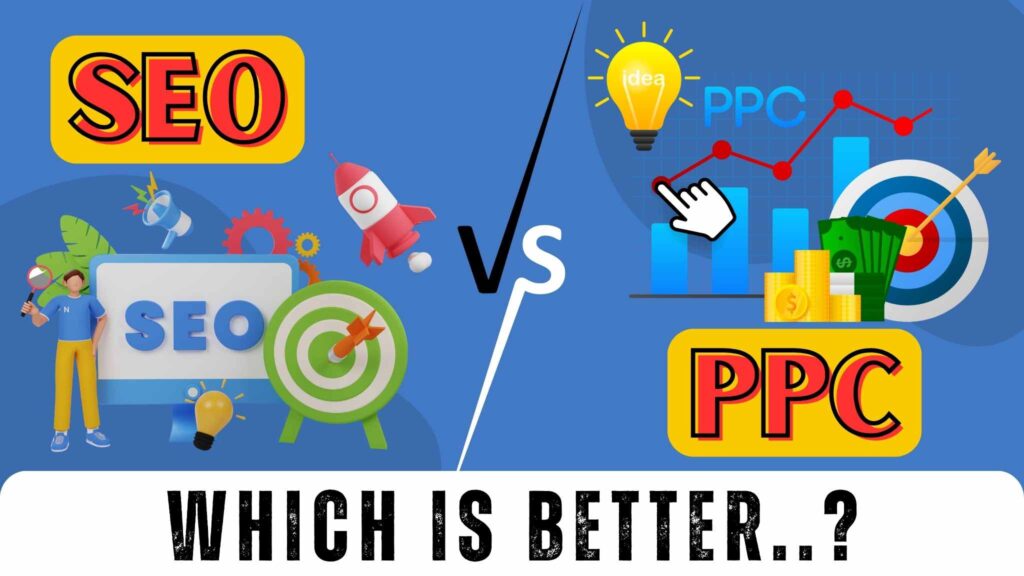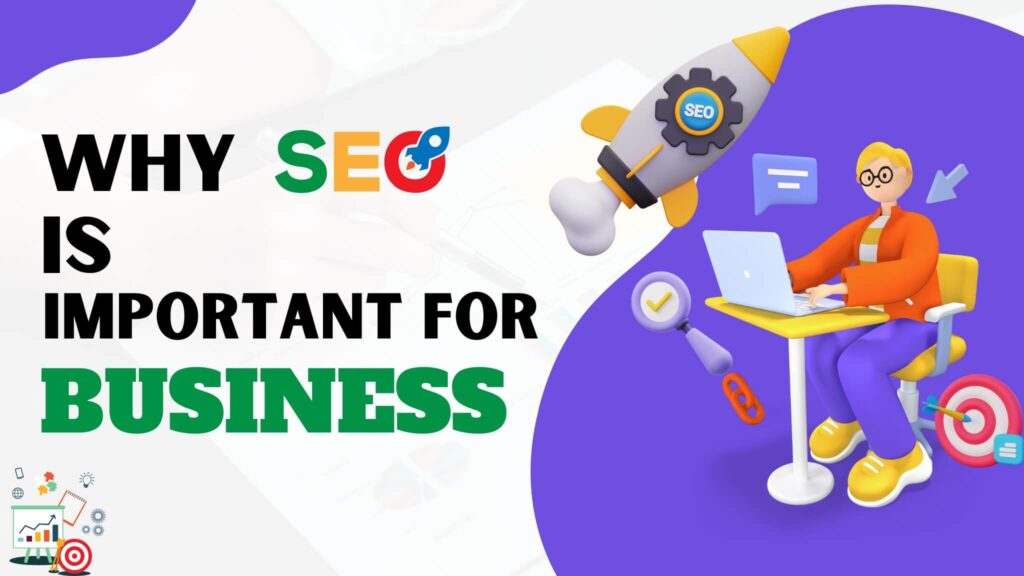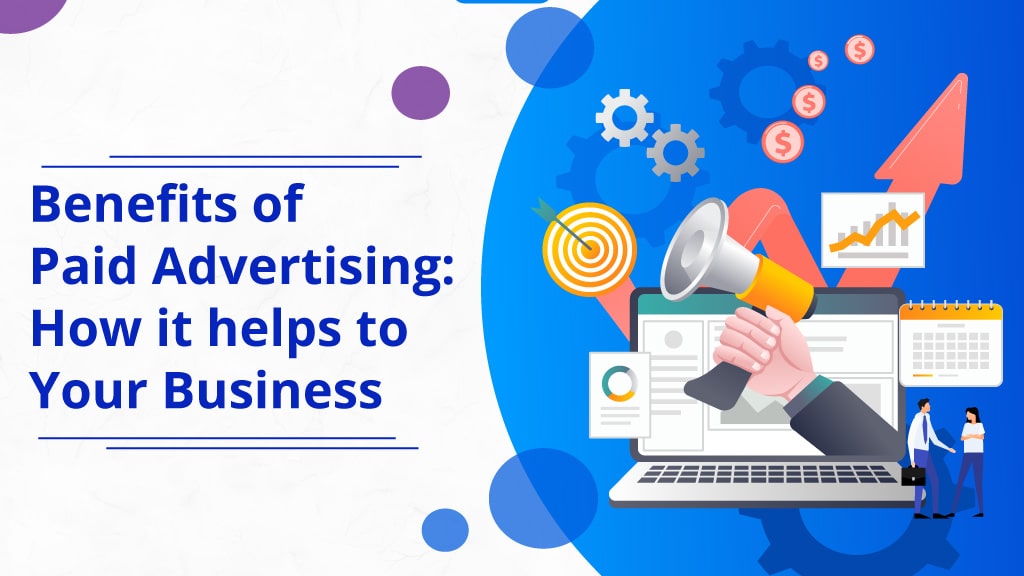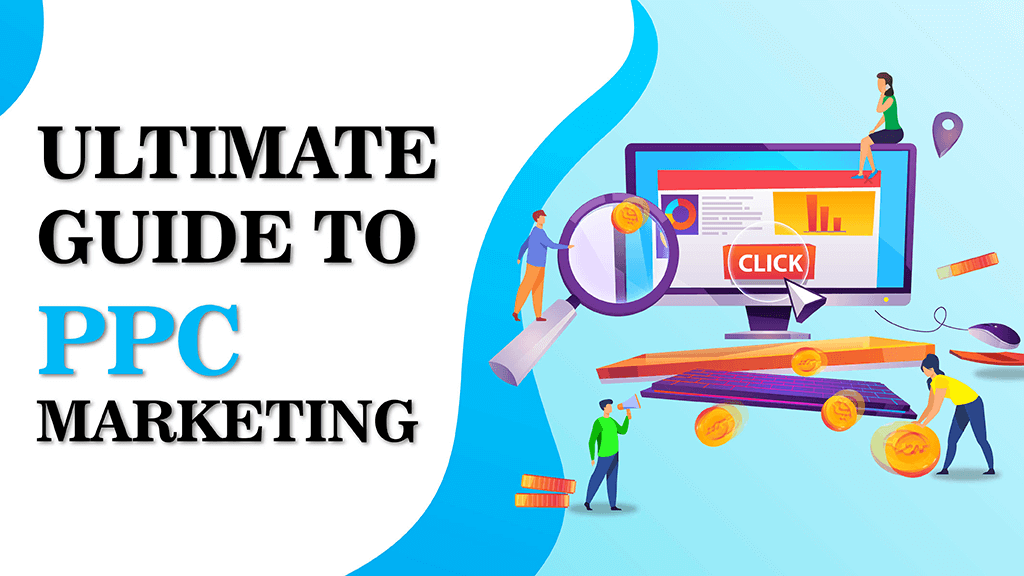Table of Contents
ToggleHave you ever wondered how some businesses dominate the online landscape, attracting loads of custom9ers while others struggle to gain visibility? Well, in this digital marketing arena, two mighty contenders clash for supremacy – SEO (Search Engine Optimization) and PPC (Pay-Per-Click) advertising.
Curious to know which strategy suits your business needs and objectives best? Join us as we delve into the intricacies of SEO and PPC, exploring their strengths, weaknesses, and real-world examples to guide you towards the ultimate marketing victory!
What is SEO?
SEO, short for Search Engine Optimization, is a digital marketing strategy that works wonders in boosting a website’s visibility and ranking on search engine results pages (SERPs). The magic lies in attracting organic traffic – that means free clicks! – to your website by fine-tuning its content, structure, and other elements to align with search engine algorithms. On-page SEO jazzes up elements like catchy title tags, engaging meta descriptions, engaging headings, strategic keywords, and killer content. Off-page SEO goes the extra mile by building quality backlinks and making a splash on social media and other platforms. It’s all about getting the spotlight on your website!
Benefits of SEO
Increased Organic Traffic: Imagine your website as a treasure chest, and SEO is the map that leads users to its hidden riches. With effective SEO strategies, your website can ascend to the first page of search results for relevant keywords. As a result, users actively searching for products or services like yours are drawn in, click on your website, and explore the wonders it has to offer. This steady stream of visitors can transform into loyal customers and brand advocates.
Cost-Effectiveness: Unlike extravagant marketing tactics that drain your budget, SEO works its charm with cost-effectiveness. Once your website ranks higher in search results through SEO efforts, it continues to attract visitors without requiring a constant flow of funds. It’s the gift that keeps on giving! Consider a small boutique selling handmade artisanal crafts. Instead of investing heavily in PPC campaigns, you can optimize your website for relevant keywords like “unique handmade gifts.” As a result, customers seeking one-of-a-kind creations stumble upon your website, and you enjoy a steady stream of organic traffic without breaking the bank.
Improved User Experience: In the digital realm, user experience is the key to captivating visitors and keeping them under your spell. By optimizing page speed, enhancing mobile responsiveness, and serving valuable content, SEO makes sure users stay engaged and keep coming back for more.
Enhanced Credibility: Higher rankings lead to greater trust among users. Appearing on the first page of organic search results signals reliability, captivating potential customers with the confidence that your website offers what they seek. Consider a tech startup that offers cutting-edge gadgets. Through SEO, when tech enthusiasts search for “innovative gadgets,” your website earns a place among the top search results. The authority you gain from appearing alongside established brands instills trust in users, making them more likely to explore your website and invest in your innovative products.
Long-Term Sustainability: The charm of SEO lies in its enduring effects. While it requires continuous effort and monitoring, the results are more sustainable compared to short-term marketing strategies. Once your website achieves high rankings through SEO, it maintains its position for an extended period, ensuring a steady stream of organic traffic and potential customers.
Drawbacks of SEO
Time-Intensive Process: SEO is not a quick fix and requires a significant investment of time and effort. Achieving higher search rankings and maintaining them involves continuous optimization, content creation, link building, and technical improvements. It may take several months to see substantial results, especially in competitive industries.
Intense Competition: As SEO becomes more popular, competition for top rankings intensifies. Many businesses invest in SEO to improve their online visibility, making it challenging for new entrants or smaller organizations to compete with established brands. Gaining a competitive edge may require significant resources and a comprehensive SEO strategy.
Dependency on External Factors: SEO is influenced by various external factors beyond a business’s control. For instance, backlinks play a crucial role in SEO, but obtaining high-quality backlinks depends on other websites’ willingness to link to your content. Such dependencies can hinder a business’s ability to control its SEO outcomes.
What is PPC?
PPC, or Pay-Per-Click, is like having a magic coin that grants you instant visibility in the digital world! It’s a popular online advertising strategy that lets businesses attract targeted customers with a simple click. Here’s how it works:
Imagine you want to launch a new line of premium artisanal chocolates and want to reach a highly targeted audience interested in gourmet treats. PPC would involve bidding on specific keywords relevant to your chocolates, and when users search for those keywords, your ad appears at the top or bottom of the search results page. And the best part is, you only pay a small fee when someone clicks on your ad! In the PPC world, you have the power to bid on keywords that your target audience uses most, ensuring your ad reaches the right people at the right time. The more relevant your ad and landing page are, the higher your ad’s quality score, which can improve its placement in the search results.
Benefits of PPC
Immediate Visibility and Results: One of the most significant advantages of PPC is its ability to provide immediate visibility. As soon as the PPC campaign is launched, ads start appearing at the top or bottom of search engine results pages (SERPs) and on various digital platforms. This immediate visibility allows businesses to reach their target audience instantly.
Targeted Advertising: PPC platforms like Google Ads and social media advertising offer advanced targeting options that enable businesses to reach their specific audience segments. Advertisers can target users based on demographics, location, interests, behavior’s, and more. This precise targeting leads to higher click-through rates and conversion rates.
Measurable ROI and Performance Tracking: PPC advertising provides detailed analytics and performance metrics, allowing businesses to measure the return on investment (ROI) accurately. Advertisers can track key metrics such as clicks, impressions, conversions, and cost-per-acquisition (CPA), enabling them to evaluate the effectiveness of their ad campaigns and make data-driven decisions for optimization.
Budget Control and Flexibility: PPC allows businesses to set their own budget for ad campaigns. Advertisers can determine how much they are willing to spend daily or monthly, ensuring that they stay within their allocated advertising budget. Additionally, PPC offers the flexibility to adjust the budget, target keywords, and ad creatives in real-time, allowing advertisers to optimize campaigns for maximum impact.
Drawbacks of PPC
Costly Investment: PPC can become a costly marketing channel, especially in highly competitive industries where bidding on popular keywords can drive up the cost per click. While businesses can set daily or monthly budgets, it may be challenging to control expenses if keyword bids are high.
Ad Blocking and Ad Blindness: With the increasing use of ad blockers and users’ familiarity with online ads, some people tend to overlook or ignore paid ads, especially when they appear as sponsored results. Ad blocking software prevents ads from displaying altogether, limiting the potential reach of PPC campaigns and reducing their effectiveness.
Dependency on Continuous Investment: Unlike other forms of marketing, PPC requires continuous investment to maintain visibility and generate traffic. Once a PPC campaign is paused or the budget is depleted, the paid ads stop appearing, leading to an immediate drop in website traffic. This dependency on continuous investment can be challenging for businesses with limited marketing budgets, as it may result in fluctuating website traffic and lead generation.
SEO vs PPC: Making the Right Digital Marketing Decision
Now that we’ve explored the benefits and drawbacks of both SEO and PPC, how do you decide which strategy is right for your business? It ultimately comes down to your specific goals, budget, and timeline.
Choose SEO when:
- You prioritize long-term sustainability and organic growth.
- You have a limited budget for advertising.
- You want to reach a broader audience and build brand credibility.
- Your industry has moderate to low keyword competition.
Choose PPC when:
- You need immediate visibility and quick results.
- You have a flexible budget and can allocate funds for paid advertising.
- You want precise targeting and immediate visibility.
- Your industry has intense keyword competition.
Integration and Synergy:
But wait, there’s a twist! Why choose one when you can have both? Like a dynamic duo, SEO and PPC can work together to achieve greater heights. By combining SEO’s long-term efforts with PPC’s instant results, you create a comprehensive strategy that dominates the digital marketing landscape.
Wrap-up Tips:
In the SEO vs. PPC debate, there is no clear winner; the best approach depends on your business’s unique goals, budget, and timeline. By carefully assessing your marketing objectives, resources, and target audience, you can make an informed decision and create a winning digital marketing strategy that aligns with your business vision.
You can consult Apto Digital for expert digital marketing solutions tailored to your unique business needs.












